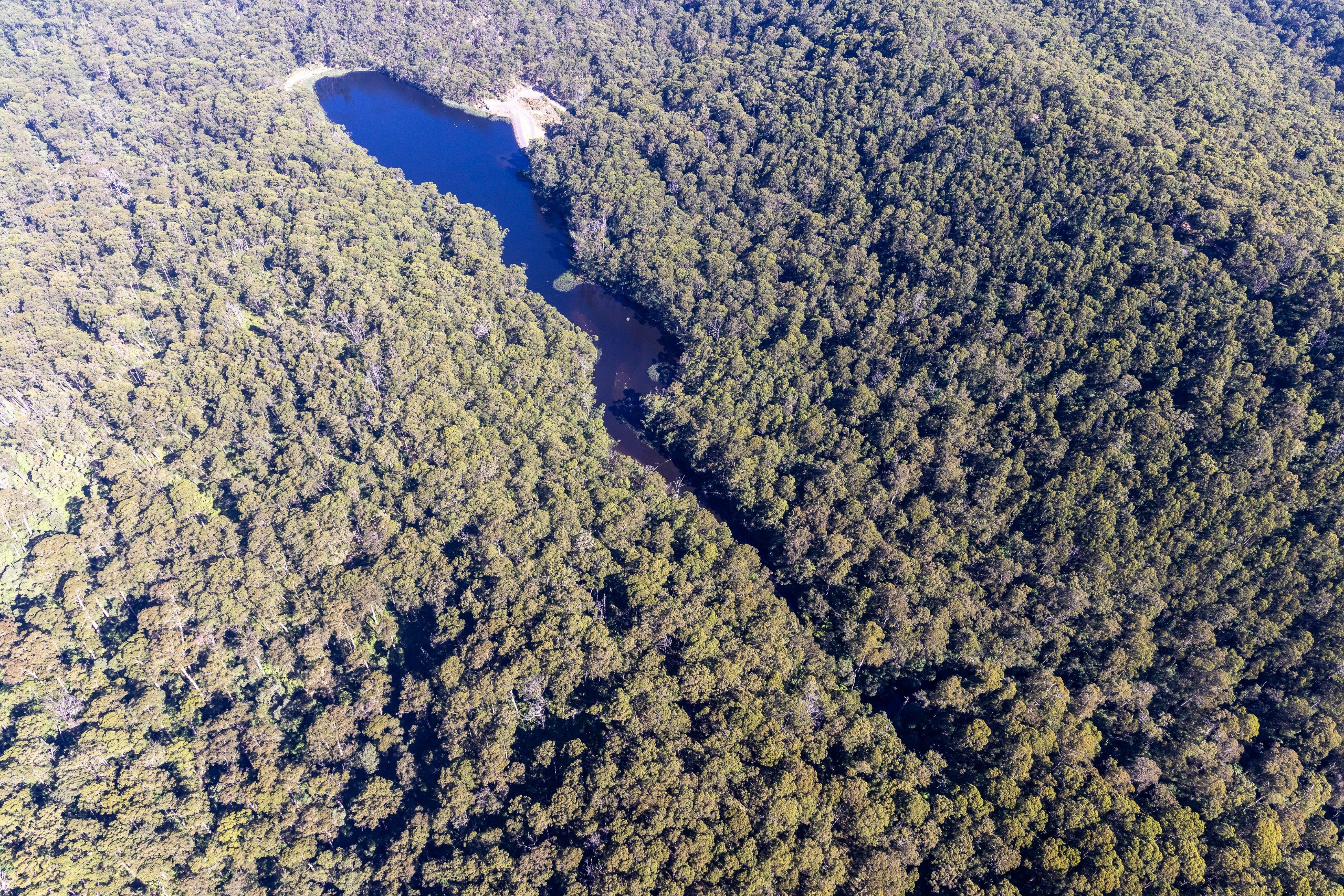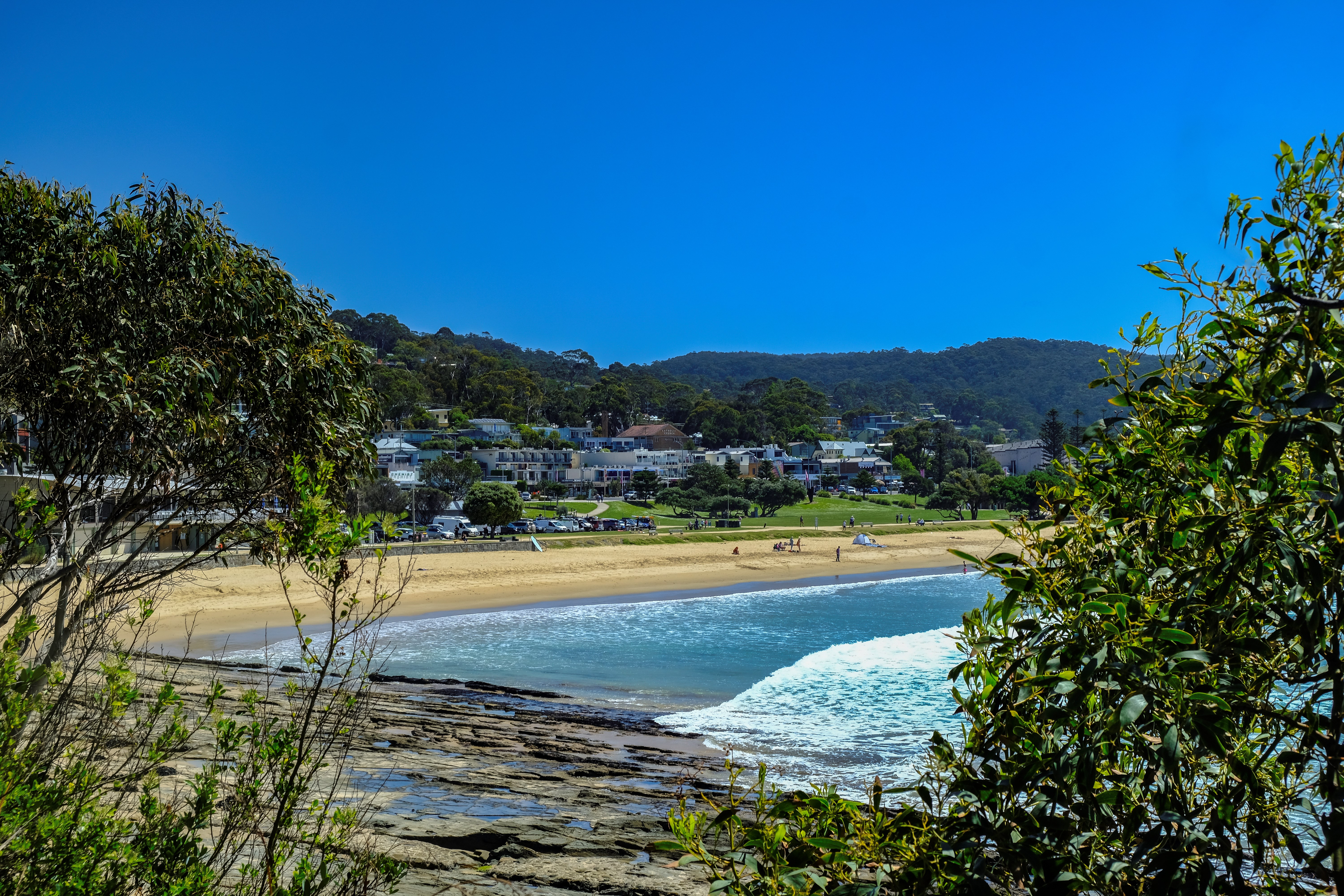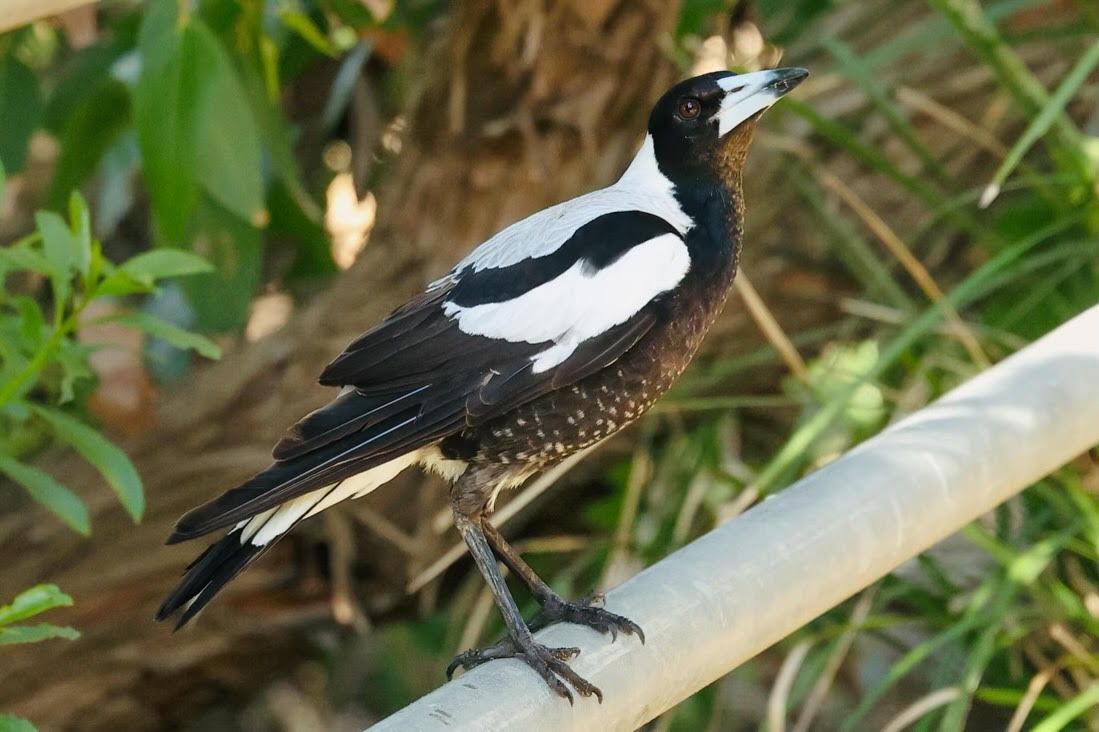Lorne has Neighbourhood Character and Design and Development Overlays to protect our significant landscape and beauty. But the fact is, when push comes to shove (ie, lodgement of a planning application to build or renovate), planning officers at the Shire have discretion. They also consider the number and nature of objections. For all kinds of reasons, neighbours may be reluctant to make a fuss. As a result, oversized, dominant-in-the-landscape buildings are being approved in Lorne.
At the conclusion of the AGM last month, we were fortunate to be joined by Charlotte Allen and Ian Laging from the Aireys Inlet and District Association (AIDA). AIDA have made it their business to review every single planning application (residential and commercial) in their area for the last 18 years, and to object if needs be. The discussion was an eye opener.
Does it take up much time? It takes about a day a week. This might sound like a lot, but not if you consider how many of us volunteer that amount of time already for organisations and activities around the Lorne. Do you have to be an architect or a planner to do it? No, but it helps. Ian is taking the main responsibility for it now in Aireys. He is an architect. But in the past, others have taken a shared responsibility who have not had this background. It means having a good template or checklist. How does it work? At AIDA, Ian checks the e-planning website at the Council each week, and does the work. Some objections are straightforward and Ian objects on behalf of the Committee. Others, he makes a recommendation and the final decision on whether to object or not is made by the AIDA Committee. How many applications per year does AIDA review and how many do they object to? In the last 12 months, there were 48 applications resulting in 12 objections being lodged by AIDA. Around one third of these objections were then withdrawn after changes made by the applicants in order to better comply. Another third of these objections were not accepted by planning officers. The rest are still under review. Yes, but isn’t this kind of nosey? Wouldn’t this make AIDA unpopular? Charlotte (AIDA president) thought that it might surprise some applicants, new to the area, to see a local organisation involved. But, in fact, the overwhelming feedback is that AIDA’s role safeguarding the planning rules is appreciated. The AIDA membership keeps growing, for example. They have almost 550 members now. We have 120. And the Council appreciates it too, especially if they have to push back at over-the-top proposals. Community values are important in local planning and AIDA is a tangible expression of those values.
Should Friends of Lorne be doing this here? If we have the capacity? It would be a big step for us and not without a downside. Please email us if you have not made your views known already (committee@friendsoflorne.org.au). We’ll keep this discussion open throughout January 2024.
_____________________________
Get involved
You may have advice, expertise, time/patience, contacts, or skills that can assist. We’d welcome it. We are busy on a range of fronts like water planning, solar energy planning, citizen science, writing submissions, writing articles, figuring out housing solutions, and wrangling software and technology (that’s the hard one!). Contact: committee@friendsoflorne.org.au
I am not a Magpie football club supporter, but since the team did win the AFL 2023 premiership, I thought a few notes about Australia’s favourite bird would be appropriate. The CSIRO website and the Atlas of Living Australia says that the magpie is the most spotted bird in Australian states. So, I am giving you some information from my own knowledge and not from AI.
The recent Aussie Bird Count was run by Birdlife Australia. We participated and the bird we knew would be in our count was the Australian Magpie, Gymnorhina tibicen. We have other birds in our Lorne backyard, including the Eastern Spinebill, Acanthorhynchus tenuirostris, but they weren’t always present during the 20-minute counting period. However, our family of magpies are constant and love our neighbour’s soft expansive lawn and they can hear the worms. Magpies have benefited from land-clearing and agriculture including pastures and water dams.
So, if the Australian magpie is so prevalent why are some researchers worried? Gardening Australia 2023 on ABC TV, series 34, episode 30 had a segment on magpies. You can watch on ABC iView. Associate Professor Mandy Ridley of the University of WA featured and explained that while magpies have adapted well to urban environments, it doesn’t mean they are doing well. While magpies can live up to 30 years, Dr Ridley’s students have collected data over the years from magpie groups that appears to show that the number of young surviving to breed is not looking good. In other words, the numbers are there but the population is aged. A bit like the human population here in Lorne.
There are eight subspecies of Gymnorhina tibicen all with distinctive black and white plumage. In Lorne the male magpies have a white ‘saddle’. In Northern Victoria, where I grew up, the male magpies have black backs. There are also hybrids producing varying amounts of black and white on their backs.
We know these birds and they know us. Magpies are known for their ability to recognise faces. So, they know if you are a local or a stranger. Some people think magpies are dangerous and kill other smaller birds like their relatives, the butcher birds. While they are territorial, they are not the murderous type.
Magpies have distinctive song-calls. The morning chorus is something we can all relate to. This is also one of the features mentioned by expats about what they miss about Australia. An Age newspaper article by Julie D’Orazio, August 9, 2023, said that some expats even missed the dreaded swooping season. Expat Sean Hayes is quoted as saying “I miss the sheer excitement and fear running down the street, and not knowing if you are about to be the next victim of the local nutter, a maggie.” Well Sean I wonder what you did to upset the magpies, because in my experience magpies remember if you were some naughty boy who threw stones at them or acted aggressively.
However, the swooping season is memorable and yes there have been accidents where a magpie has attacked the eyes of a human. This is why people have come up with hats, sunglasses and amazing creations attached to cycle helmets to frighten off magpies. The swooping season is usually only about 6 weeks. Magpies breed between August and October, and the females lay between three to five eggs. Some male magpies defend their nests from the time eggs are laid until the young birds are fledged. Magpies tend to nest in the same place and only swoop within 100m of their nests, so try and avoid known magpie nesting areas.
There are lots of fascinating facts about magpies and a source of insight is The Australian Magpie by Gisela Kaplan (CSIRO Publishing).
Finally, the magpie group of up to 25 magpies is often called a ‘tribe’ or ‘tidings.’ So, I wish you good tidings for this coming festive season.
_____________________________
NOTE: All articles are by the Committee unless otherwise indicated. Contact us at committee@friendsoflorne.org.au




